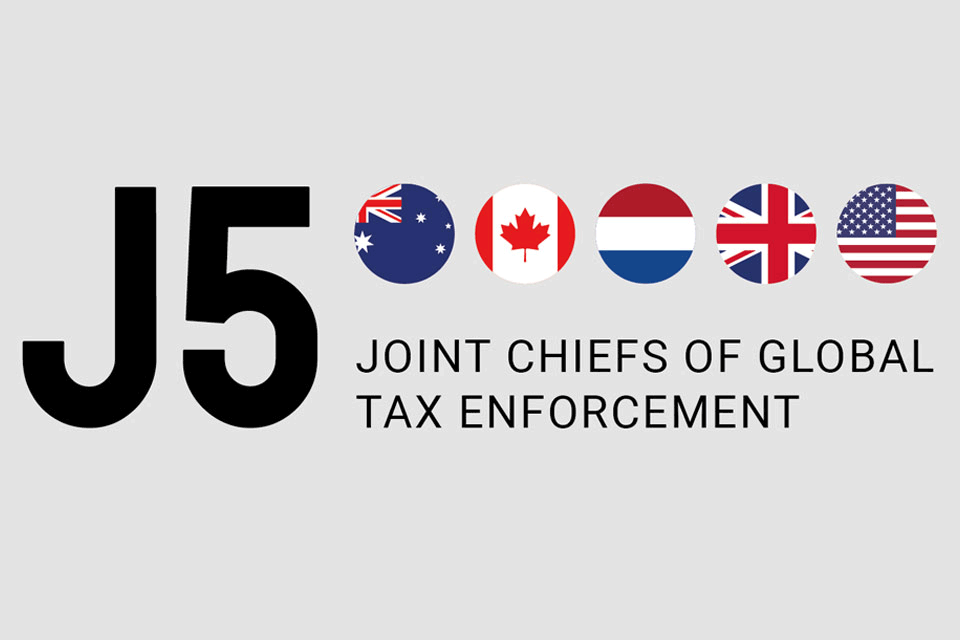On 15 April 2021 the OECD issued a Science, Technology and Industry Working Paper looking at lessons to be learned from the Netherlands on policies for a climate neutral industry.
The approach taken by the Netherlands combines a commitment to raising carbon prices with support from technology. These two aspects support each other because the increasing direction of carbon prices directs the attention of business towards investment in low carbon technology. Countries must correctly approach the trade-off between short-term cuts in carbon emissions and longer-term technology changes.
Carbon Levy
The first pillar of the Netherlands’ approach is the carbon pricing signal which includes a carbon levy on industrial emissions. The carbon price is to rise between now and 2030, as the measure is applied gradually. Preferential treatment is given to energy-intensive users by means of energy tax exemptions; lower tax rates for the larger consumers of energy; and freely allocated carbon emissions allowances. To avoid economic inefficiency and equity concerns there is a need to broaden the tax bases and gradually remove exemptions and preferential rates.
The second pillar relates to encouraging the adoption of low carbon technologies through subsidy programmes and corporate tax incentives. The main instrument is the Sustainable Energy Transition Incentive Scheme which subsidises the additional costs resulting from the adoption of a low-carbon technology. The instrument is allocated to applicants on the basis of the increasing order of subsidy requirement per tonne of CO2 reduction in a tender open to a list of technologies. The instrument is funded through a surcharge on electricity and gas use and includes exemptions for important industrial sectors as well as lower rates for energy-intensive businesses.
This may result in small businesses being disproportionately burdened although they have little opportunity for claiming subsidies. Although the allocation design is economically efficient it favours technologies that are close to the market rather than alternatives that are at an earlier stage of development.
The Netherlands supports research and development (R&D) mostly through broad tax credits and the Innovation Box. These also tend to mostly encourage technologies that are close to the market. A more balanced approach is required, that supports both emerging and mature technologies. This could involve combining horizontal R&D support with targeted support for emerging technologies.
Regulatory Instruments
Regulatory instruments can be used to encourage the diffusion of particular technologies, for example the use of re-cycled products can be facilitated by re-labelling products of steel production from “waste” to “product”. A circular economy can be encouraged by the use of minimum content requirements.
Many technologies including hydrogen and renewable electricity rely on shared infrastructure so the transparency of future infrastructure plans at the regional, national and international levels can facilitate low-carbon investments. Owing to the global nature of climate change and the significant investment required the low-carbon transition is best dealt with at the supra-national level. Also, the structural transformation needed for the low-carbon transition requires wider harmonisation of policy frameworks.
The period of economic recovery after the COVID-19 pandemic with the introduction of sizeable stimulus packages is the opportune time for governments to steer their economies onto a path of greener growth.













